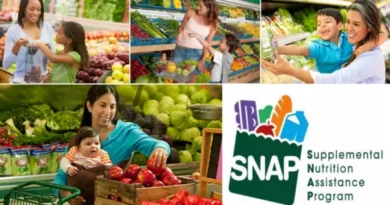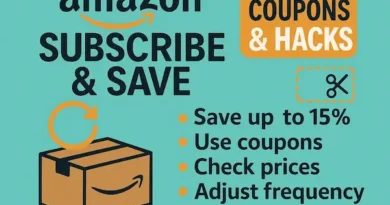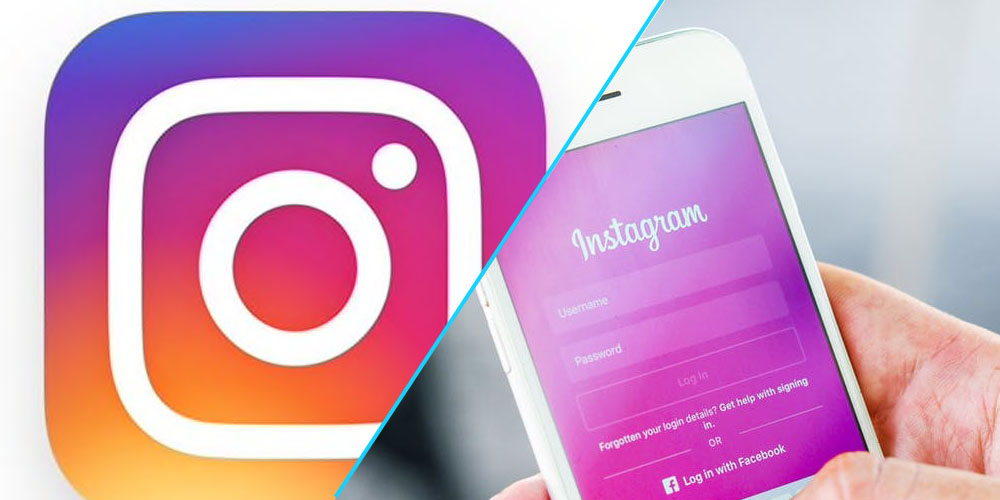Free Government Phone – How to Qualify, Apply, and Get Yours in 2025
Discover how to qualify and apply for a free government phone in 2025.
Anúncios
Learn income and program eligibility, best providers, benefits, and how to avoid scams.
Key Takeaways
- Free government phones are provided through the Lifeline Program and the Affordable Connectivity Program (ACP).
- Eligibility is based on income level, participation in federal assistance programs, or residency on Tribal lands.
- Only one phone per household is allowed under program rules.
- Providers like Assurance Wireless, SafeLink, AirTalk Wireless, Cintex Wireless, and TruConnect are among the biggest names in 2025.
- You must recertify annually to keep your benefits active.
- Beware of scams — only apply through official websites such as the FCC Lifeline Program and Affordable Connectivity Program.
What Is the Free Government Phone Program?
The Free Government Phone Program is a federally funded initiative designed to ensure that all Americans, regardless of income, have access to essential communication tools.
The program began in 1985 with Lifeline, an FCC-managed initiative that originally offered discounts on landline services. Over time, as mobile phones became a necessity, Lifeline evolved to cover cell phones and eventually data services.
In 2021, the federal government introduced the Affordable Connectivity Program (ACP) as a response to the growing need for internet access during the COVID-19 pandemic. ACP complements Lifeline by offering broadband discounts and, in many cases, bundled mobile services.
Together, Lifeline and ACP ensure that households receive:
- A free or discounted smartphone.
- Monthly free minutes, texts, and data.
- Access to emergency services, healthcare, education, and employment.
These programs are not luxuries — they are lifelines for millions of families who otherwise would not be able to afford consistent phone and internet service.
Income-Based Eligibility
Income is one of the primary ways to qualify for a free government phone.
- Lifeline income threshold: At or below 135% of the Federal Poverty Guidelines (FPG).
- ACP income threshold: At or below 200% of the FPG.
For 2025, examples of annual income limits are:
- 1 person household: $20,331 (Lifeline), $30,120 (ACP).
- 4 person household: $41,496 (Lifeline), $60,000 (ACP).
- 6 person household: $56,550 (Lifeline), $81,000 (ACP).
The exact threshold depends on family size and is updated annually. Even if your income is just above the cutoff, check your eligibility — you may still qualify through program-based requirements.
Program-Based Eligibility
If your income is higher than the threshold, you can still qualify if you participate in federal or state assistance programs.
Qualifying programs include:
- Medicaid
- SNAP (Food Stamps)
- SSI (Supplemental Security Income)
- Federal Public Housing Assistance
- Veterans Pension and Survivors Benefit
- WIC (Women, Infants, and Children program)
- Free and Reduced-Price School Lunch Program
On Tribal lands, additional qualifications exist, such as:
- Bureau of Indian Affairs General Assistance
- Tribal TANF
- Food Distribution Program on Indian Reservations
These program-based eligibility pathways expand coverage to millions of households that may not meet the strict income thresholds but still need support.
Residency Requirements
The Free Government Phone Program is available across all 50 states, Washington D.C., Puerto Rico, U.S. territories, and Tribal lands.
Applicants must provide a valid residential address when applying. P.O. boxes are generally not accepted, except in special cases for Tribal lands.
This ensures that benefits are distributed fairly and tracked accurately.
One Per Household Rule
A key rule in both Lifeline and ACP is that only one phone or discount per household is permitted.
A household is defined as all people living together who share income and expenses. For example:
- Two roommates with separate incomes can qualify individually.
- A family of four counts as one household and receives one free phone benefit.
This rule prevents abuse of the system and ensures benefits are spread fairly.
How to Apply for a Free Government Phone
Applying involves three main steps: confirming eligibility, choosing a provider, and submitting documents.
Step-by-Step Guide to Apply
1. Check Eligibility at the National Verifier (NV)
The National Verifier is the official system used to confirm eligibility for Lifeline and ACP. Apply online at the National Verifier.
2. Choose a Participating Provider
After approval, you’ll need to select a provider that operates in your state. Each provider offers different plans and phone models.
3. Submit Required Documents
Upload or mail clear, valid documents. Avoid blurry or expired paperwork, which causes delays.
4. Wait for Approval and Phone Shipment
Once processed, the provider ships a phone to your home. Delivery usually takes 1–3 weeks, depending on the provider.
Documents You May Need
Applicants typically need:
- Proof of income: Tax return, pay stubs, unemployment letter.
- Proof of program participation: SNAP card, Medicaid approval letter, SSI statement.
- Proof of identity: Driver’s license, passport, or state-issued ID.
- Proof of address: Utility bill, rental agreement, or official government correspondence.
How Long It Takes
Online applications can be processed within 24–72 hours if documents are uploaded correctly. Mail-in applications may take 2–4 weeks.
Pro Tip
Always apply online if possible. It is faster, more secure, and allows you to upload documents instantly without waiting for mail.
Best Providers Offering Free Government Phones in 2025
Several providers partner with Lifeline and ACP. Each has unique benefits.
1. Assurance Wireless
- Features & Service: Free Android phone, unlimited texts, monthly minutes, and data.
- Coverage: Uses T-Mobile’s nationwide network.
- Benefits: Frequently offers newer phone models compared to other providers.
2. SafeLink Wireless (TracFone/Verizon)
SafeLink is one of the oldest Lifeline providers.
- Offers free smartphones, unlimited texts, monthly minutes, and data.
- In some states, includes international calling.
👉 Visit: SafeLink Wireless
3. Q Link Wireless (Ceased Operations)
Q Link was once a popular provider but ceased operations in late 2024. Former customers were encouraged to transfer benefits to other providers.
4. AirTalk Wireless (formerly FeelSafe)
Known for offering refurbished iPhones and Samsung phones in addition to basic Android devices. Provides unlimited text, talk, and data.
5. Cintex Wireless (sister company of AirTalk)
Provides similar benefits to AirTalk with free iPhones and Android devices, depending on state and availability.
6. TruConnect
Offers free smartphones, unlimited talk, text, and data, plus international calling. Hotspot data often included.
7. Other Notable Mentions
- enTouch Wireless
- Tag Mobile
- Regional providers in states like California and Texas
Quick Comparison Table
| Provider | Free Phone | Texts | Minutes | Data | Notes |
|---|---|---|---|---|---|
| Assurance Wireless | Yes | Unlimited | Monthly | Yes | T-Mobile network |
| SafeLink Wireless | Yes | Unlimited | Monthly | Yes | Some states include int’l calls |
| AirTalk Wireless | Yes | Unlimited | Unlimited | Yes | Refurbished iPhones available |
| Cintex Wireless | Yes | Unlimited | Unlimited | Yes | Sister company of AirTalk |
| TruConnect | Yes | Unlimited | Unlimited | Yes | Hotspot data included |
What Phones Can You Get for Free?
Types of Phones Offered
Most providers offer entry-level Android smartphones. Some, like AirTalk and Cintex, may offer refurbished iPhones.
Can You Get a 5G Phone?
Yes, some providers now offer 5G-capable devices, though availability is limited and often state-specific.
Do You Own the Phone or Lease It?
Phones are typically yours to keep. However, providers may charge replacement fees if the device is lost or damaged.
Free Phone with Free Data: What’s the Catch?
What You Actually Get
Plans usually include unlimited texts, several hundred minutes, and at least 3–5GB of data. Some providers offer unlimited data through ACP.
Are There Monthly Fees?
No. If you qualify, service is completely free.
Hidden Charges to Watch For
Be cautious of upgrade fees, SIM replacement costs, or premium phone “upcharges.”
How to Keep Your Free Phone Active
Annual Recertification
Every 12 months, you must prove eligibility again through the National Verifier.
What Happens If You Don’t Use It?
Inactive phones for more than 30–45 days may be disconnected.
Switching Providers
You can switch providers at any time. Most allow you to keep your phone number.
Free Government Phone for Seniors, Veterans, and Students
- Seniors: Phones help with telehealth, medications, and emergency access. Many qualify through Medicaid or SSI.
- Veterans: Eligible via Veterans Pension or Survivors Benefits. Ensures access to VA services.
- Students: Qualify if they receive Pell Grants or free/reduced lunch. Phones are critical for online classes.
State-by-State Availability and Differences
Where Premium Phones Are More Common
States with larger populations and competition (California, Texas, New York) often see providers offering better phones.
States with Strongest Provider Competition
California’s Lifeline program is particularly generous, offering more data and minutes than many other states.
Alternatives to the Government Phone Program
If you don’t qualify, consider:
- Low-cost prepaid carriers (Metro by T-Mobile, Cricket, Boost Mobile).
- Carrier promotions offering free phones with contracts.
- Nonprofits refurbishing and donating devices.
- Community programs for seniors and veterans.
FAQs: Quick Answers
Is the program really free?
Yes, if you qualify. No hidden monthly charges.
Can I get more than one free phone?
No, only one per household.
What if I lose my phone?
Providers may replace it, but fees often apply.
Do I need internet to apply?
No, but online applications are faster than mail.
Final Thoughts
The Free Government Phone Program is more than convenience — it is a lifeline for millions of Americans. Whether through Lifeline or ACP, households can access free phones, data, and essential services.
If you qualify, don’t delay. Start your application today:
- FCC Lifeline Program
- Affordable Connectivity Program
- National Verifier Application
- USA.gov – Help With Phone Bills
Your phone is more than a device — it’s your connection to health, safety, work, and community.


